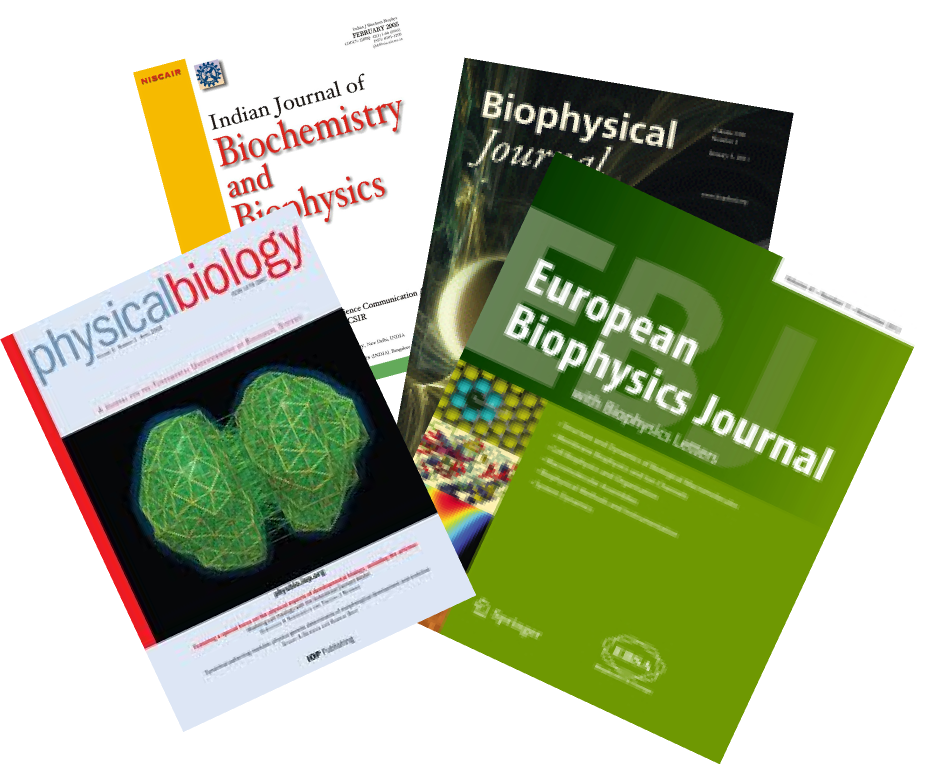
Material and lectures by Chaitanya A. Athale.
In this second part we will consider a rate-equation formalism, as background to arriving at a simple biophysical model of processes governed by rate equations (ODEs). This will lead us to the ideas that cytoskeletal filaments are dynamic. Using the simplest possible model of dynamics we will determine average and population properties. We end with the idea of concentration dependence of polymerization and treadmilling.

1) Phillips, et al. Physical Biology of the Cell. Garland Press, USA.
2) David Boal (2012) Mechanics of the Cell (2nd Edn.). Cambridge Univ. Press, UK
1) Jie Zhu (2008) Force Generation by Actin Polymerization: Nanoscale to Microscale. Zhu, Jie. Washington University in St. Louis, ProQuest Dissertations Publishing, 2008. 3316702. https://search.proquest.com/docview/304442736
2) Athale C.A. (2011) Modelling the Spatial Pattern Forming Modules in Mitotic Spindle Assembly. In “Understanding the Dynamics of Biological Systems: Lessons Learned from Integrative Systems Biology” (Eds. Werner Dubitzky, Jenny Southgate, Hendrik Fuss).
3) Brangwynne et al. (2006) Microtubules can bear enhanced compressive loads in living cells because of lateral reinforcement. J Cell Biol (2006) 173 (5): 733–741. https:// rupress.org/jcb/article/173/5/733/44314/Microtubules-can-bear-enhanced-compressive- loads
4) P A Janmey, U Euteneuer, P Traub, M Schliwa (1991) Viscoelastic properties of vimentin compared with other filamentous biopolymer networks. J Cell Biol (1991) 113 (1): 155–160
5) P. A. Janmey (1991) A torsion pendulum for measurement of the viscoelasticity of biopolymers and its application to actin networks. J. Biochem. Biophys. Meth.
1) Hasson et al. (1996) The photoisomerization of retinal in bacteriorhodopsin: Experimental evidence for a three-state model. PNAS
2) Patricia Wadsworth, Alexey Khodjakov (2004) E pluribus unum: towards a universal mechanism for spindle assembly. Tr. Cell Biology Volume 14, Issue 8, p413–419
3) Juliet Lee & Ken Jacobson (1997) The composition and dynamics of cell-substratum adhesions in locomoting fish keratocytes. J. Cell Sci. 110: 2833.
4) Kirschner & Mitchison (1986) Beyond self-assembly: From microtubules to morphogenesis. Cell 45: 392.
5) Padinhateeri R. et al. (2012) Random hydrolysis controls the dynamic instability of microtubules. Biophys. J. 102: 1274.